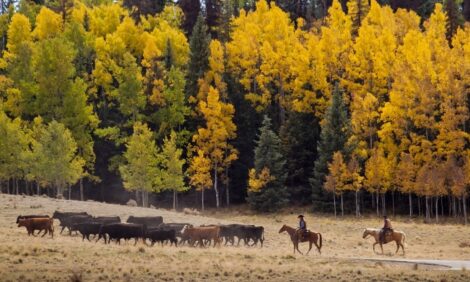



Economic Analysis Maps Road to Success
CANADA - An economic analysis of north and central Alberta beef operations has yielded significant insights regarding the durability of the industry over the past 10 years and opportunities for profit driven change.Key drivers supporting the “economics of change” are farm level financial strengths and potential for herd cost reductions through integrated herd and grazing systems
The 10-year analysis of north and central Alberta beef operations involved sifting and sorting hundreds of AgriProfit$ records. Trends in year-to-year farm financial performance and the economics of cow herds and grazing systems were evaluated. To bring further focus, the average of “All” (all participating farms) was contrasted with “Low Cost” (farms with herds in the lower half of total production costs, by year).
As a cautionary note, the analysis relates to averages and trends. There is variation about these averages, meaning there are businesses that performed well and others that did not in any given year.
The analyses indicated opportunities for change in the future, based on solid economic rationale.
Beef Operations Are Profitable
In the past couple of years, even though calf prices and input expenses may have dampened some of the optimism and “go forward” attitude that perennially characterizes the beef industry, north and central Alberta beef farms fared reasonably well.
During the period of 1998 – 2007, farm level return on assets averaged about three per cent, with the low cost group averaging four per cent. What messages does this deliver? Asks Alberta Agriculture and Rural Development.
Clearly, the drought in 2002 and BSE in 2003 substantially reduced the average return on assets, it says. The upside is that these events kick-started a change process in the industry. Producers began to look long and hard at how they were producing. They were driven to fundamentally change their businesses and production systems, taking them to a sustainable, lower cost level.
Keeping the farm level return on assets in the one to four per cent range over this period suggests that these beef businesses have systematically changed. Subtly, the most important message is that managers have visibly adapted to changing times.
Further Reading
| - | You can view the full report by clicking here. |
TheCattleSite News Desk


